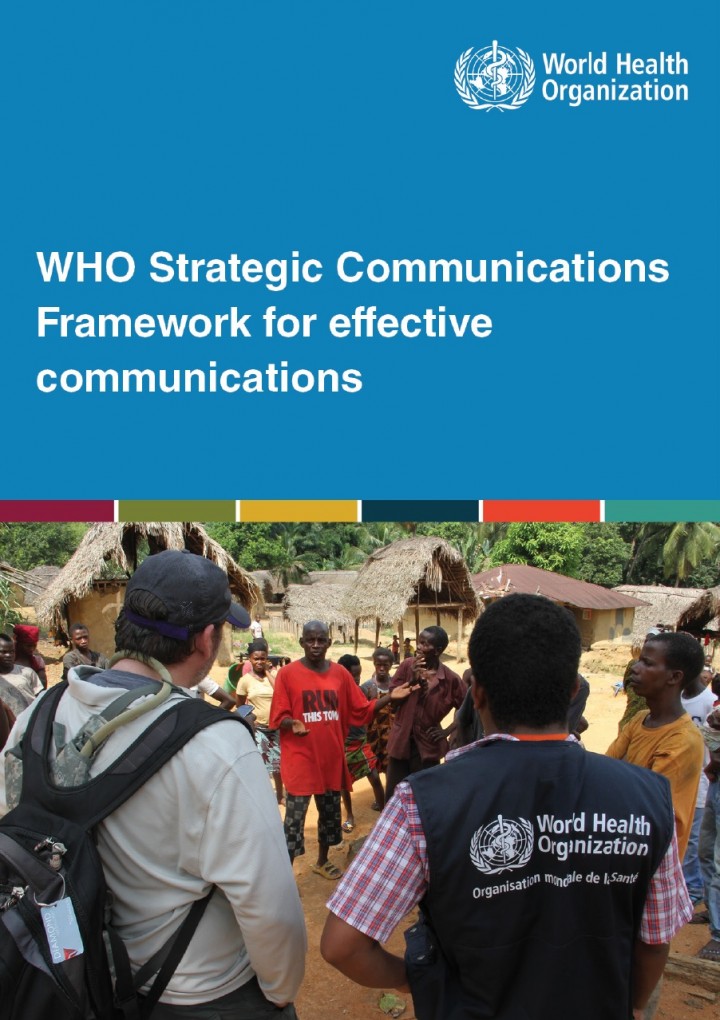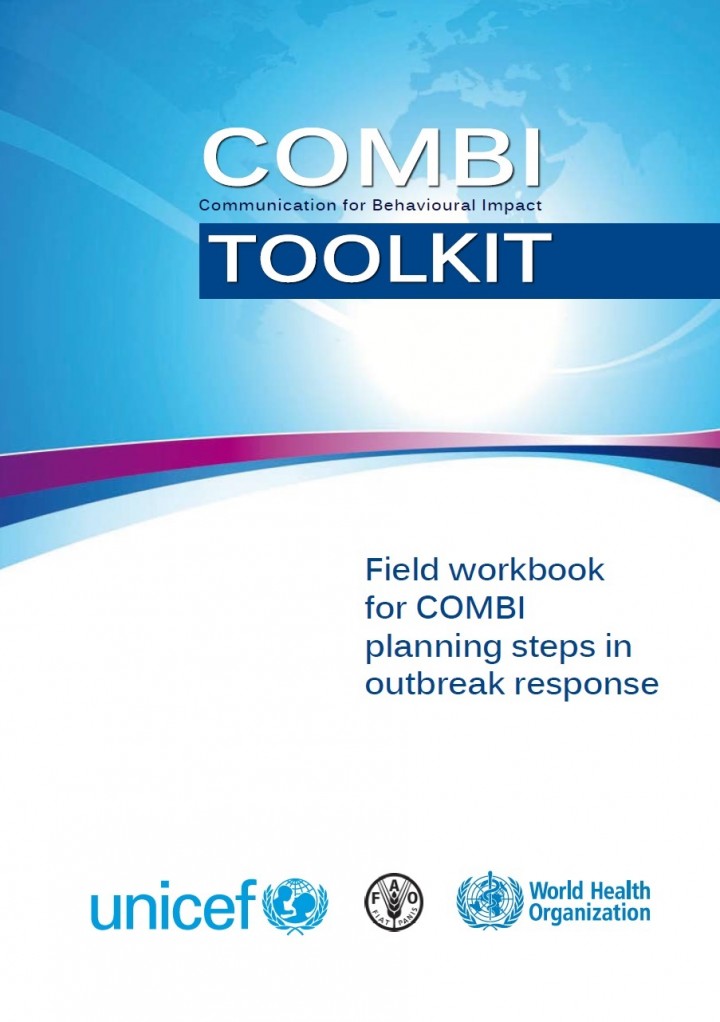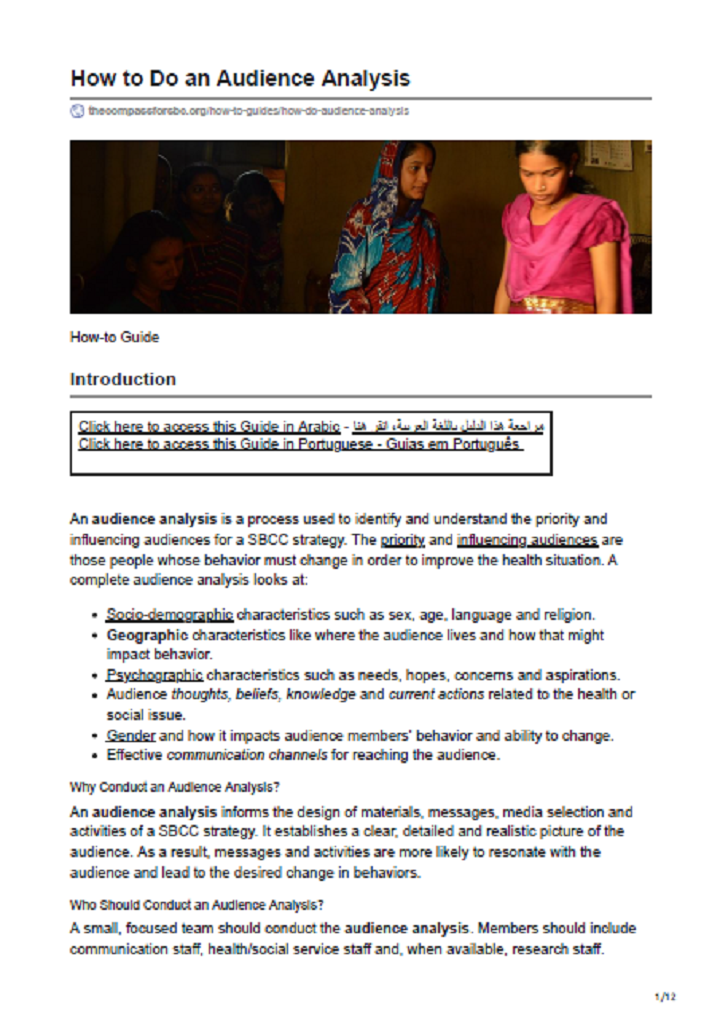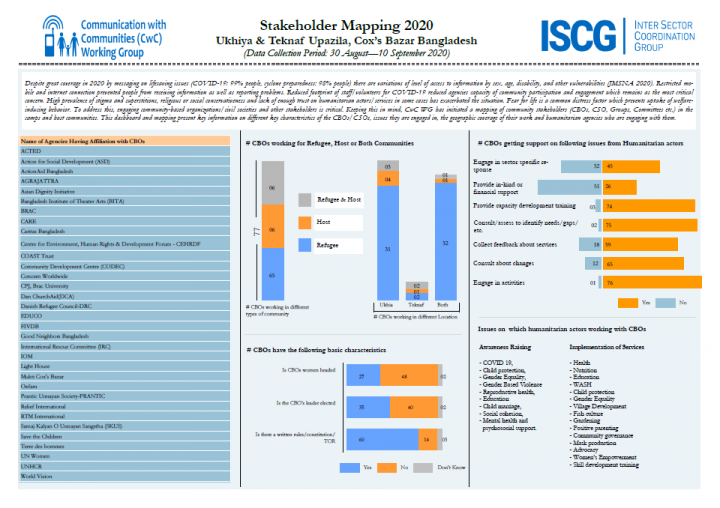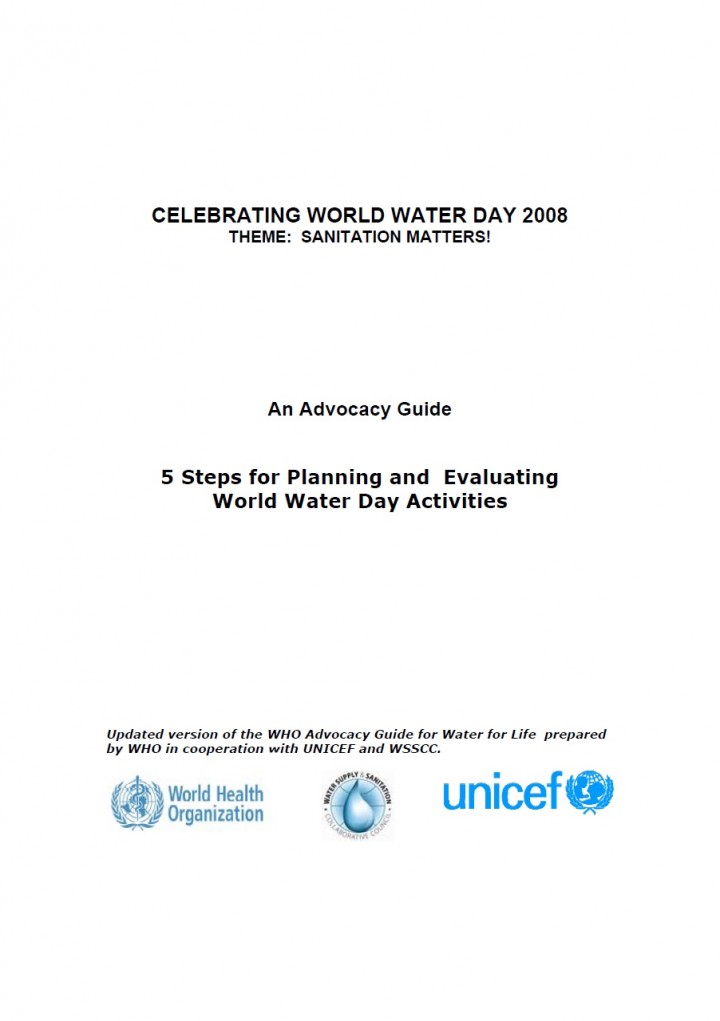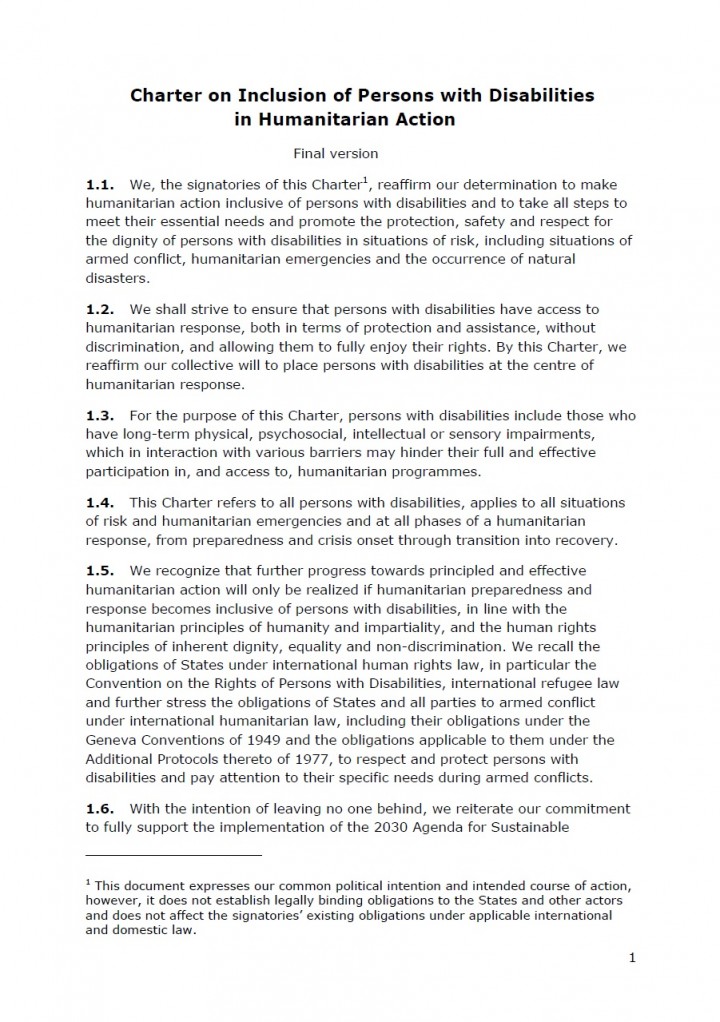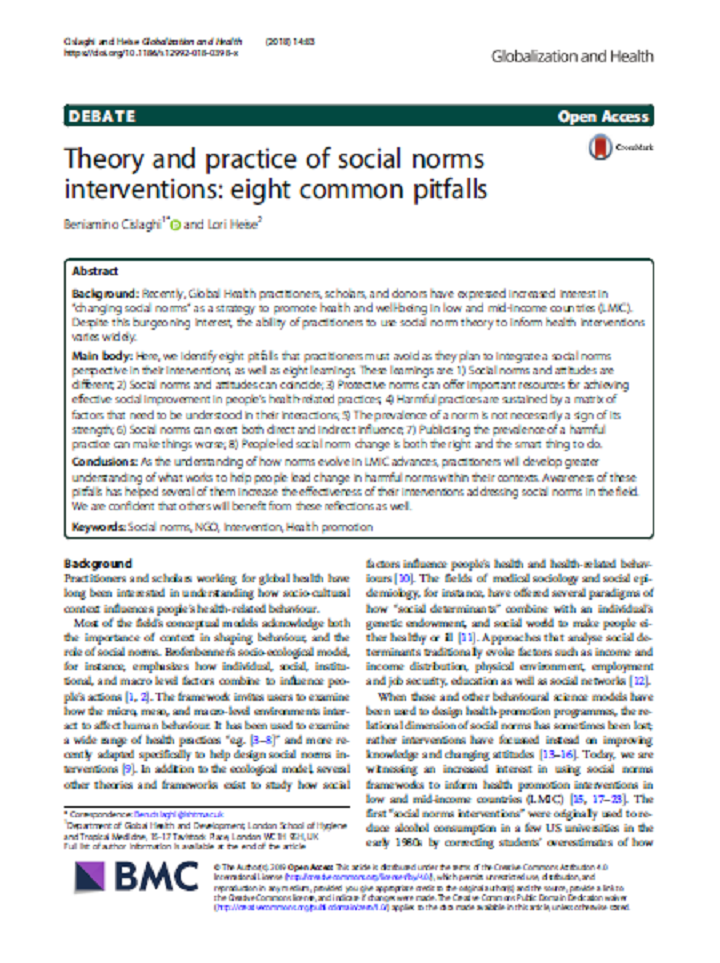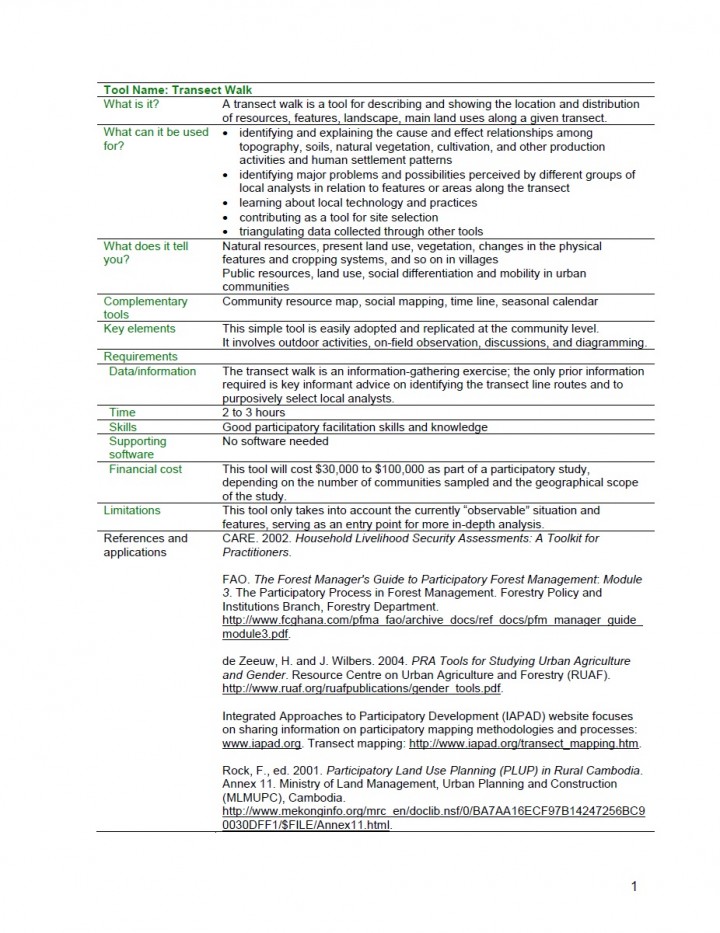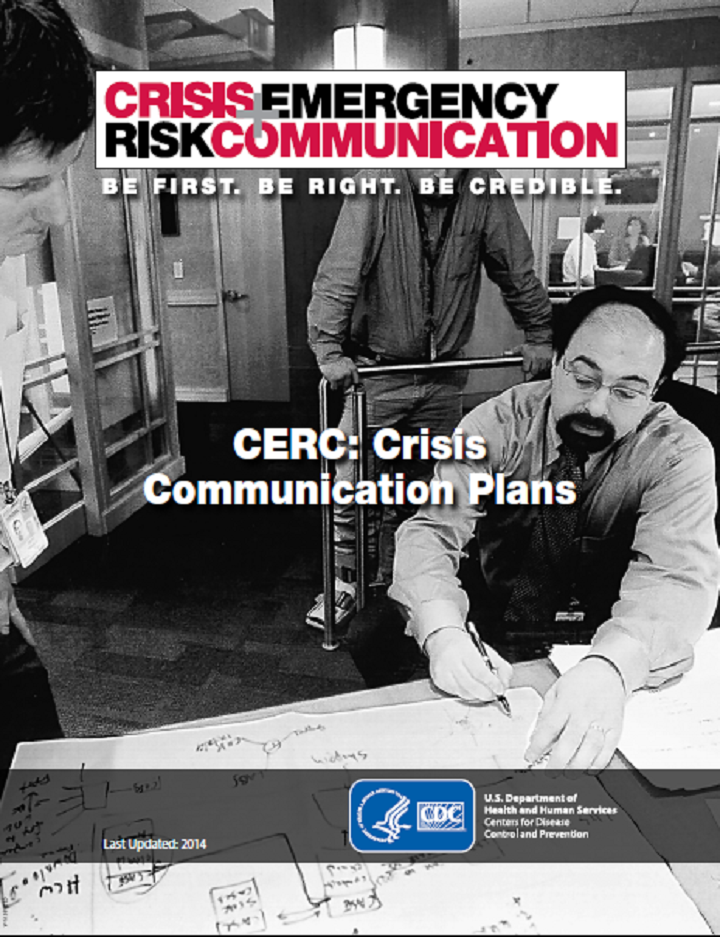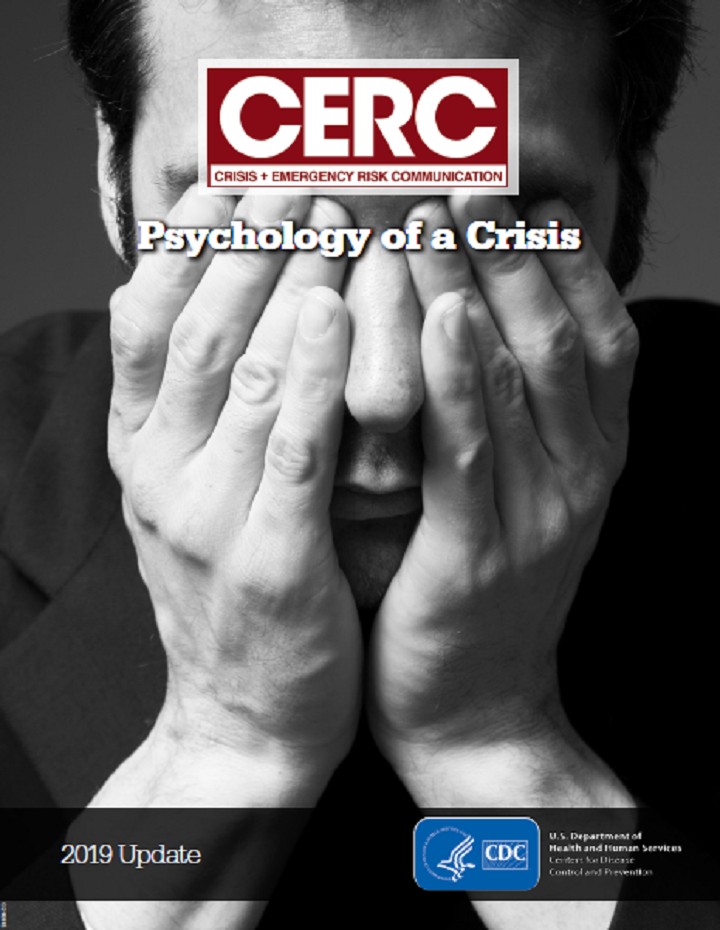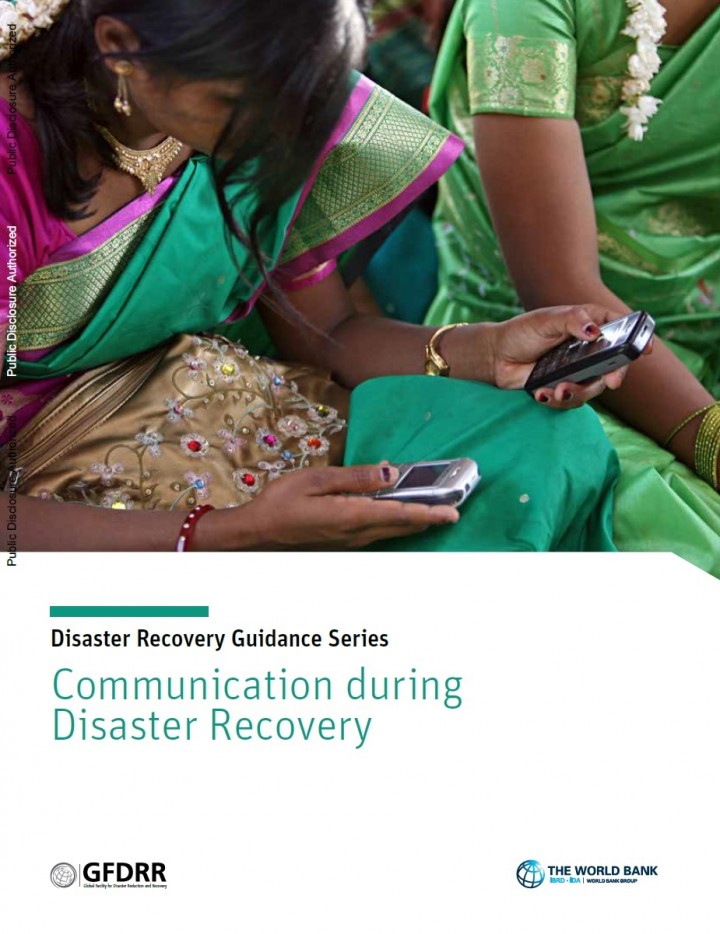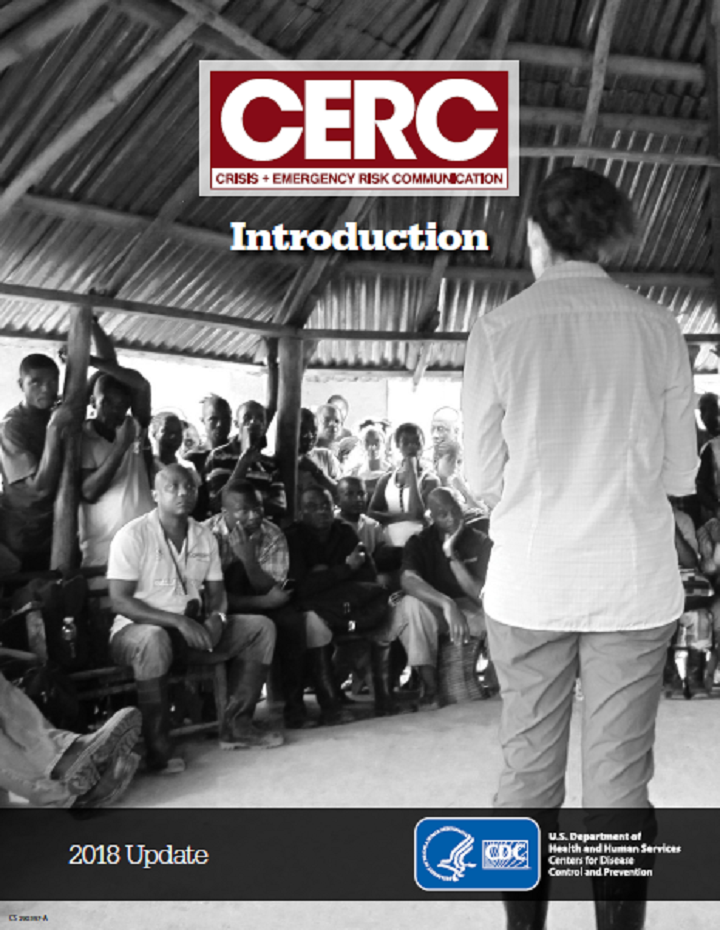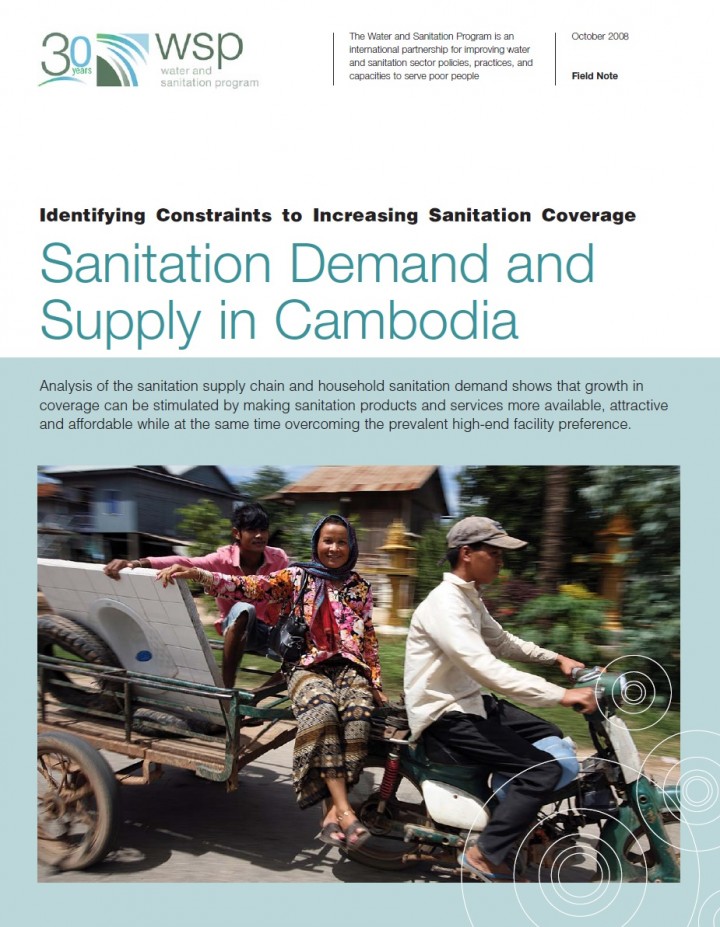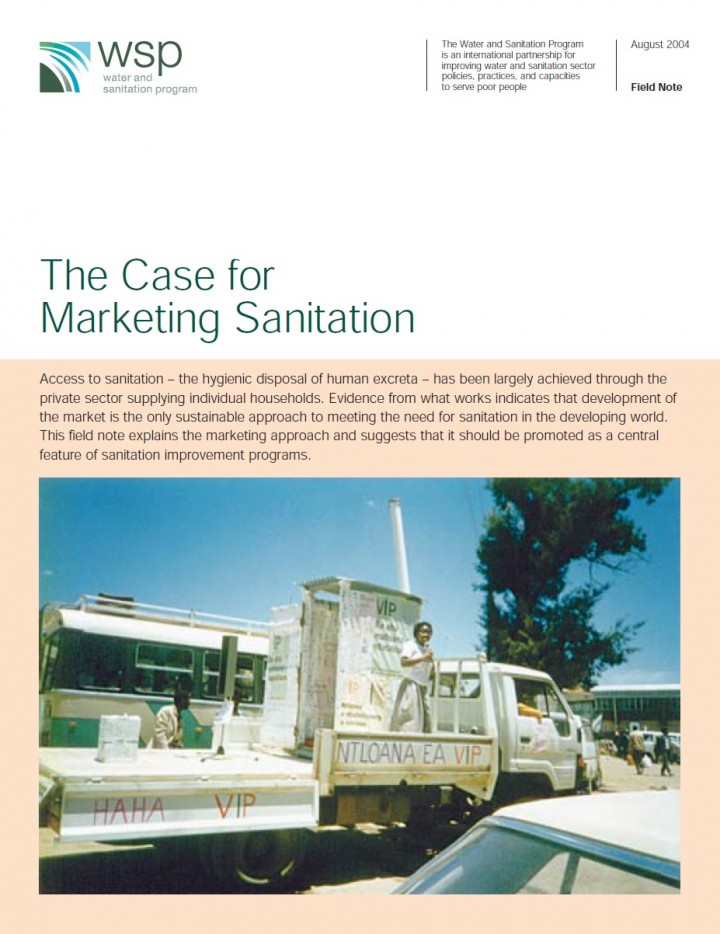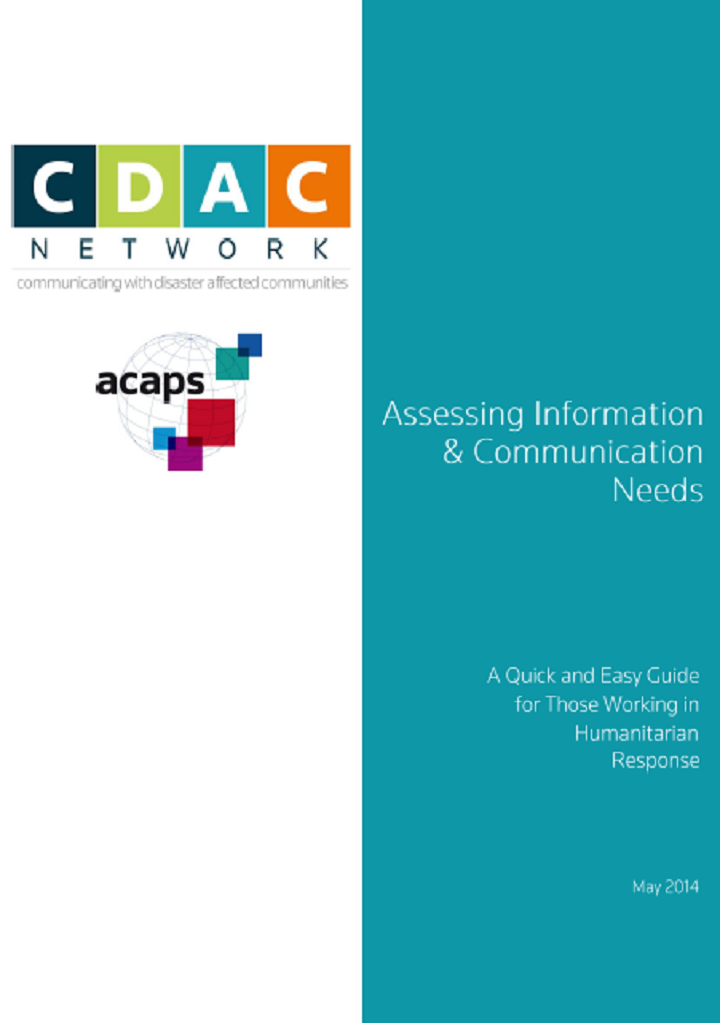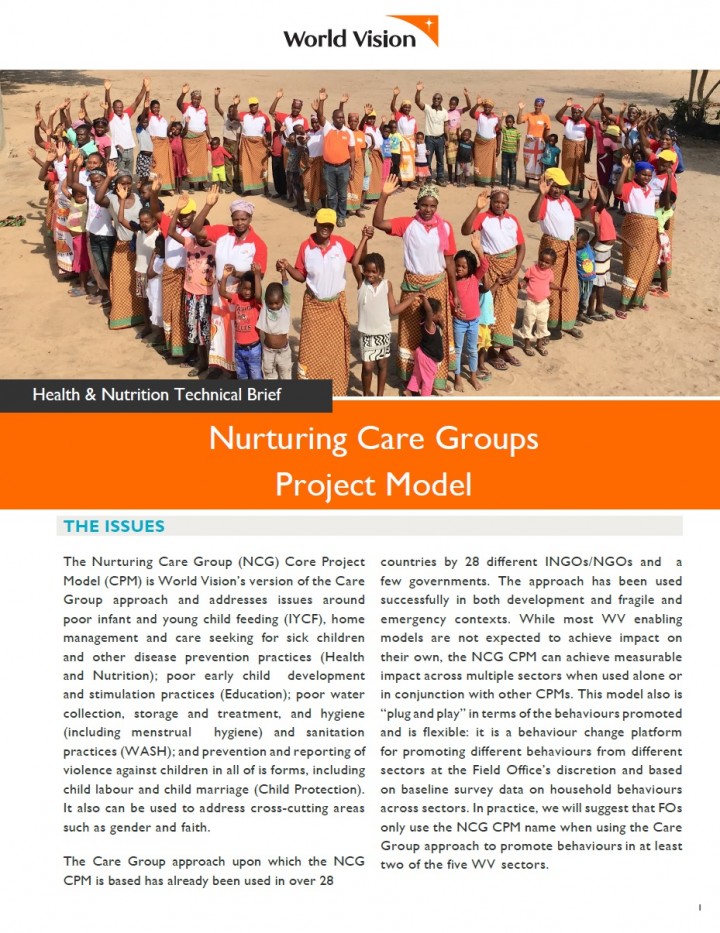WHO (2017) WHO Strategic Communications Framework for Effective Communications
PURPOSE AND BACKGROUND WHO recognizes that effective, integrated and coordinated communication is integral to carrying out WHO’s goal to build a better, healthier future for people all over the world. The purpose of this Framework is to describe a strategic approach for effectively communicating WHO information, advice and guidance across a broad range of health issues: from chronic health issues to emerging and novel risks. WHO […]
WHO, UNICEF, FAO (2012) COMBI Toolkit Field Workbook for COMBI Planning Steps in Outbreak Response
This field workbook supports the implementation of the interagency (FAO, UNICEF, WHO) “Communication for Behavioural Impact (COMBI): A toolkit for behavioural and social communication in outbreak response”. It is a handheld guide and notebook for applying the WHO COMBI methodology in 7-steps, during an outbreak. It is primarily intended for risk communication, developmental communication and health promotion/education personnel working in multidisciplinary teams to investigate […]
Compass (2013) How to Do an Audience Analysis
An audience analysis is a process used to identify and understand the priority and influencing audiences for a SBCC strategy. The priority and influencing audiences are those people whose behavior must change in order to improve the health situation. A complete audience analysis looks at: Socio-demographic characteristics such as sex, age, language and religion. Geographic characteristics like where the audience lives and how that might impact behavior. Psychographic […]
Communications with Communities Working Group (2020) Stakeholder Mapping 2020
Despite great coverage in 2020 by messaging on lifesaving issues (COVID-19: 99% people, cyclone preparedness: 98% people) there are variations of level of access to information by sex, age, disability, and other vulnerabilities (JMSNA 2020). Restricted mobile and internet connection prevented people from receiving information as well as reporting problems. Reduced footprint of staff/volunteers for COVID-19 reduced agencies capacity of community participation and engagement which […]
WHO, UNICEF, WSSCC (2008) Celebrating World Water Day 2008. Theme: Sanitation Matters! An Advocacy Guide
Sanitation Matters! The theme/slogan puts at centre-stage the various links and communicates a sense of urgency and immediacy. The theme is also “open-ended” and lends itself to creative visual and textual interpretation for expressing a multiplicity of individual/collective human emotions and contexts. The theme can also be interpreted relatively easily into different contexts, cultures and languages. Sanitation Matters! can be interpreted in many different ways, based […]
Cislaghi, B., Heise, L. (2018) Theory and Practice of Social Norms Interventions: Eight Common Pitfalls
Recently, Global Health practitioners, scholars, and donors have expressed increased interest in “changing social norms” as a strategy to promote health and well-being in low and mid-income countries (LMIC). Despite this burgeoning interest, the ability of practitioners to use social norm theory to inform health interventions varies widely. Here, we identify eight pitfalls that practitioners must avoid as they plan to integrate a social norms perspective […]
World Bank (2020) Communication during Disaster Recovery Disaster Recovery Guidance Series
This guide provides practical guidance for governments regarding how to effectively communicate with communities during the recovery phase following an emergency. It explains how to identify communication needs and presents best fit communication methods and strategies to deploy to support disaster recovery frameworks (DRF) and recovery strategies. For the purposes of this guide, recovery communication includes sending, gathering, managing, and evaluating information. Communication flows between […]
CDC (2018) CERC Crisis and Emergency Risk Communication. Introduction.
What is Crisis and Emergency Risk Communications (CERC)? The Centers for Disease Control’s (CDC) Crisis and Emergency Risk Communication (CERC) manual provides an evidence-based framework and best practices for anyone who communicates on behalfof an organization responding to a public health emergency.1 CERC is built around psychological and communication sciences, studies in the field of issues management, and lessons learned from emergency responses. Emergencies can […]
World Bank Water and Sanitation Program (2008) Sanitation Demand and Supply in Cambodia Identifying Constraints to Increasing Sanitation Coverage
Analysis of the sanitation supply chain and household sanitation demand shows that growth in coverage can be stimulated by making sanitation products and services more available, attractive and affordable while at the same time overcoming the prevalent high-end facility preference.
World Bank Water and Sanitation Program (2004) The Case for Marketing Sanitation
Access to sanitation – the hygienic disposal of human excreta – has been largely achieved through the private sector supplying individual households. Evidence from what works indicates that development of the market is the only sustainable approach to meeting the need for sanitation in the developing world. This field note explains the marketing approach and suggests that it should be promoted as a central feature […]
World Vision (2020) Nurturing Care Groups Project Model
CBM (2019) Disability and Gender Analysis Toolkit
CAWST (2009) Three Pile Sorting Instructions. WASH Education and Training Resources
These instructions explain how to facilitate the three pile sorting activity with a group of people.
WRC (2012) In Search of Safety and Solutions Somali Refugee Adolescent Girls at Sheder and Aw Barre Camps, Ethiopia
The Women’s Refugee Commission completed a research mission to the Jijiga Somali refugee camps in Ethiopia in April 2012. The research mission was the first of three such missions, which are part of a threeyear global advocacy research project aimed at enhancing the safety and resilience of adolescent girls ages 10 to 16. The purpose of the three-week visit to Ethiopia was to assess Somali […]
CAWST (2017) Community WASH Promotion Trainer Manual
This manual is for trainers who are interested in delivering training on Community WASH Promotion. It includes lesson plans, agendas, forms, and guidance on training delivery.
